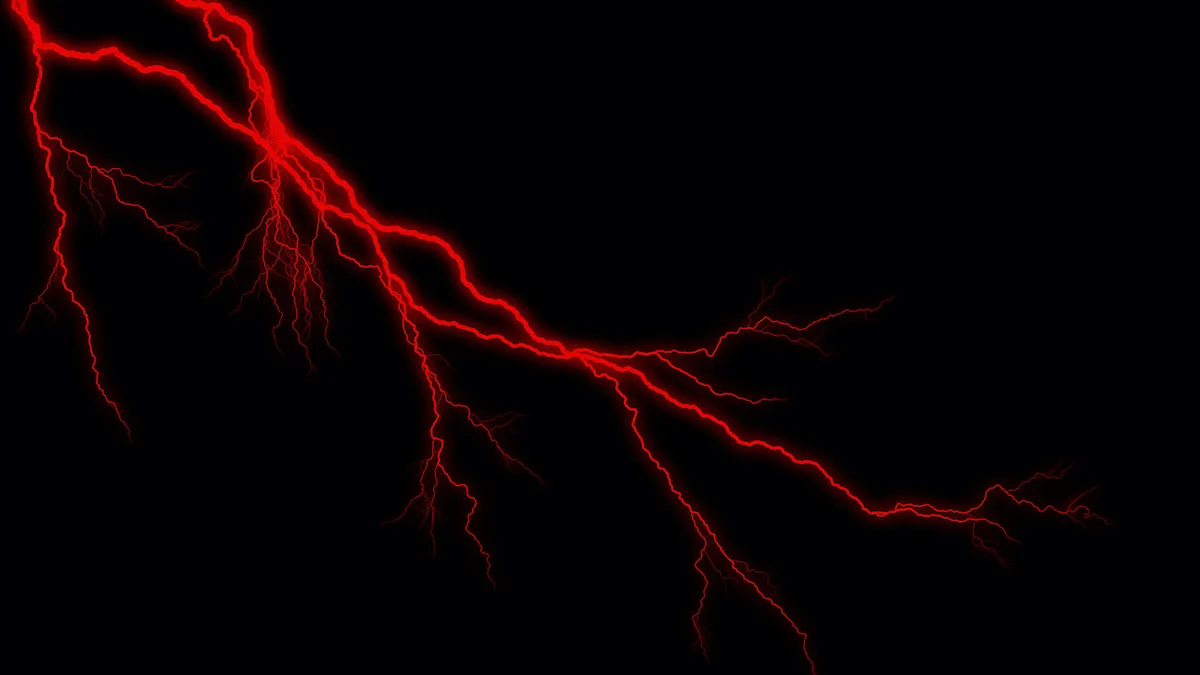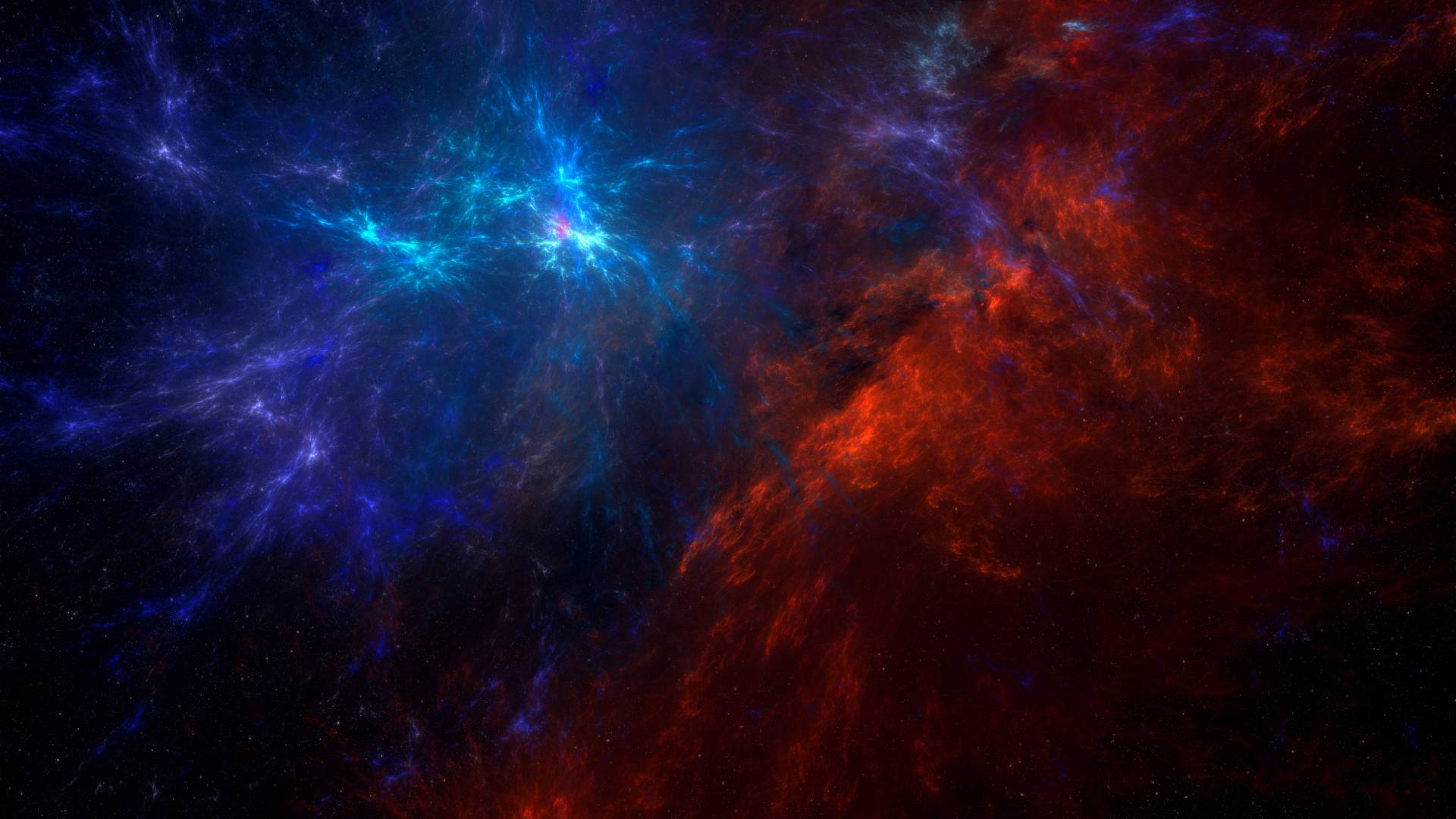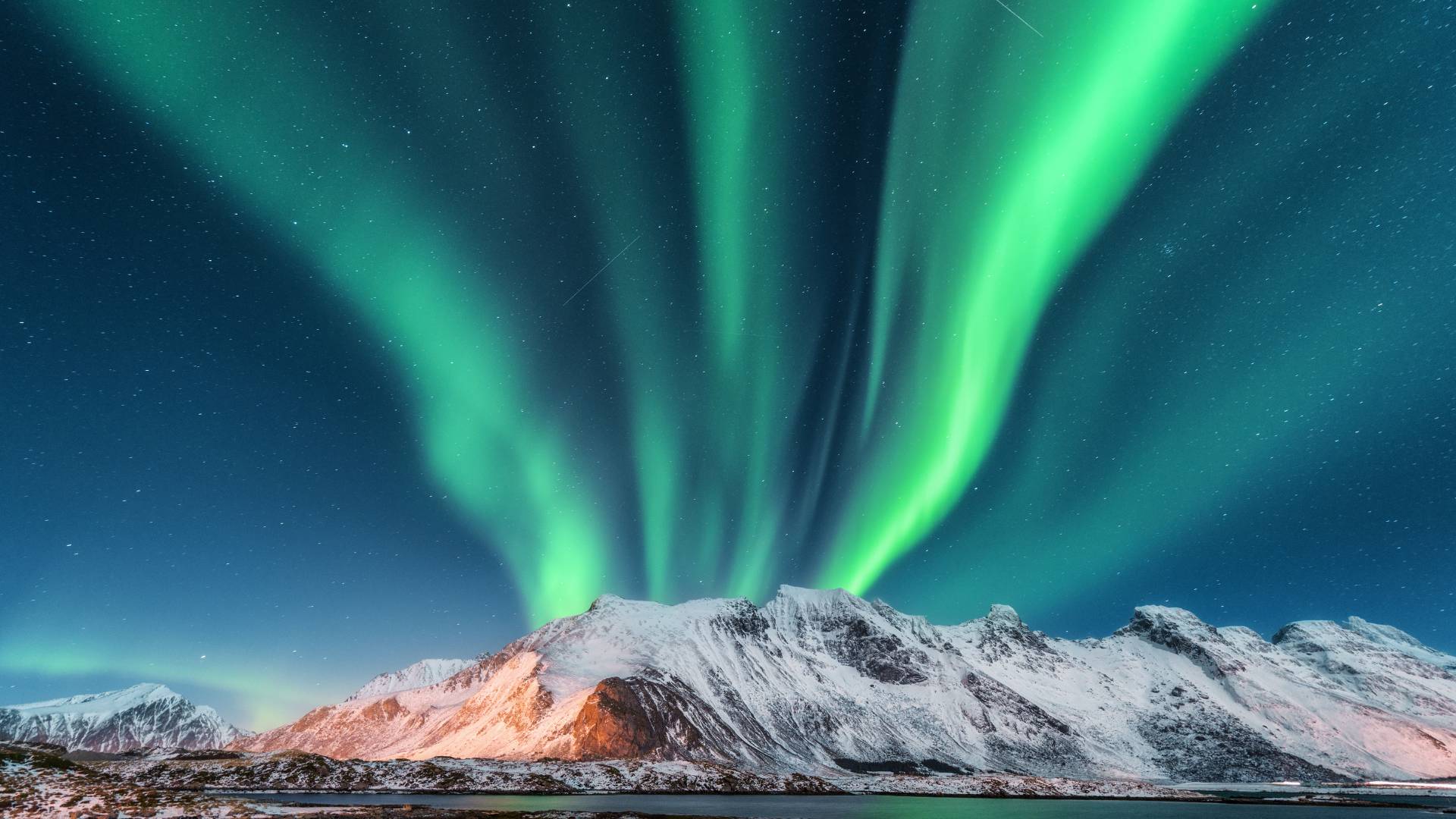Red lightning is really cool! It’s a special kind of lightning that doesn’t look like the usual kind. Instead of going sideways, it shoots up into the sky and makes it all colorful – like red, pink, and orange. People call it red lightning, but sometimes they also call it sprites or upper-atmospheric lightning. It happens because of how Earth’s sky works with its powerful forces. We’re going to learn more about red lightning, where it comes from, and why it’s so fascinating. Come with us on this adventure to explore the amazing world of red lightning!
Red Lightning Meaning
Red lightning, also called sprites or upper-atmospheric lightning, is a rare and stunning weather event that happens high up in the sky during thunderstorms. Instead of the usual lightning bolts that go sideways, red lightning shoots up into the sky, making it look colorful with red, pink, and orange lights.
This special lightning comes from the tops of thunderstorm clouds and travels upwards into the Earth’s upper atmosphere. It usually happens when there are big thunderstorms with tall clouds called cumulonimbus clouds.
Scientists are still trying to understand red lightning, but they think it’s linked to positive lightning. Unlike regular lightning that comes from the bottom of clouds and hits the ground, positive lightning starts at the top of clouds and goes up.
When positive lightning occurs, it sends out a strong burst of energy that travels through the upper sky, making gases there light up and creating colorful lights. The red color happens when the bursts of electricity meet nitrogen molecules in the air.
Red lightning is tricky to see from the ground because it’s high up and doesn’t last long. But sometimes, cameras catch it during nighttime storms or from airplanes or space stations.
Aside from being pretty, red lightning shows us how powerful and complex our atmosphere is. By studying it, scientists can learn more about thunderstorms, air electricity, and how different sky parts work together.
Even though red lightning still has many secrets, its beauty surprises both scientists and people who see it, teaching us about the amazing things that happen in our world.
What Is Red Lightning (Sprites)?
-
Appearance: Reddish-orange, jellyfish- or carrot-shaped flashes.
-
Location: Occur above large thunderstorms, usually in clusters.
-
Altitude: ~50–90 km (30–55 miles) above Earth.
-
Duration: Last only a few milliseconds.
-
Cause: Triggered by positive cloud-to-ground lightning strikes, which cause electric fields in the upper atmosphere.
🔬 Are Sprites Dangerous?
No, sprites are not dangerous to humans on the ground, as they happen very high up in the atmosphere.
🧠 Fun Fact:
They were only officially photographed in 1989, although pilots and astronauts had reported seeing them decades earlier!
Read More:
A Brief Story of Sprites
The first time someone talked about seeing a sprite was way back in 1886. Later, a smart scientist named Charles Thomson Rees Wilson thought they might be real.
Sprites were first seen on video on July 6, 1989, by Dr. John Winckler and his friends at the University of Minnesota. It happened by accident while they were testing out stuff for rockets. Dr. Winckler was recording a video of stars and a faraway thunderstorm when suddenly, after a lightning flash, they saw a sprite on the screen. Later on, NASA saw sprites during their space shuttle experiments, confirming that they exist.
Even though sprites seem magical, they’ve been blamed for accidents involving planes flying high up. Why? Well, scientists couldn’t explain what went wrong any other way. It’s like they were the ones to blame!
For example, in 1980, NASA sent up a weather balloon over Texas during a thunderstorm. Suddenly, it stopped working. Scientists were confused because the balloon was above the storm and should’ve been safe from regular lightning. But it turns out, it wasn’t safe from the super cool (but kind of risky) sprites!

red lightning spiritual meaning
Red lightning is amazing, and scientists can explain why it happens. But for some people, it means more than just science. In different cultures, lightning has been linked to gods or powerful messages.
When someone sees red lightning, it can make them feel amazed, scared, or thoughtful. Some might think it’s a sign of something important in their life. They could see it as a symbol of energy, passion, or even a wake-up call for their spirit. Others might think it signals change, growth, or getting closer to spiritual truths.
But it’s important to know that what red lightning means can vary a lot. It depends on culture, religion, and what someone personally believes. While some see it as a spiritual message, others might just enjoy its beauty and the wonders of nature without thinking too much about its deeper meaning.

how rare is red lightning
-
They happen more often than you’d think — thousands of times a day around the world.
-
But they’re hard to see because:
-
They occur high above thunderstorms, often hidden by clouds.
-
They last only a few milliseconds.
-
You need to be far away from the storm (usually 100+ km) and have clear, dark skies to see them.
-
Red lightning, also called sprites or upper-atmospheric lightning, isn’t seen as much as the usual lightning we’re used to. It happens high above storm clouds and is tricky to see from the ground because it’s up so high and doesn’t last long.
But thanks to better technology like fast cameras and satellites, scientists can study it better nowadays. Even though red lightning isn’t as common as the lightning we usually see in thunderstorms, it still happens quite often during big storms with tall clouds called cumulonimbus clouds.
📸 Who Usually Sees Them?
-
Astronauts on the ISS
-
Pilots flying above storms
-
Skywatchers or storm chasers with special cameras
-
Researchers using low-light video equipment
🤯 So, Are They Rare or Just Sneaky?
They’re not rare in occurrence, but they are rare in visibility. So it’s like a secret light show happening in the sky that we just don’t notice unless we know how (and where) to look.
Would you like tips on how to spot them or capture them on camera?
Is red lightning stronger than blue lightning?
Red lightning and blue lightning aren’t different types of lightning with different strengths. The color of lightning mostly depends on things like the air around it and the conditions in the sky.
Red lightning, also called sprites or upper-atmospheric lightning, happens high above storm clouds. It’s usually linked to strong electrical bursts from the tops of storm clouds. Red lightning looks red, pink, or orange and usually shows up during big thunderstorms.
Blue lightning is less common. It can happen during thunderstorms but is often seen with high-energy lightning. Blue lightning tends to appear in places with lots of ice crystals or hail, which scatter light and make it look blue.
The strength of lightning can vary, depending on things like how much charge is in the clouds and how far the lightning travels. But whether it’s red or blue, the color of lightning doesn’t tell us how strong it is.

What causes red lightning (sprites) to form?
Red lightning, or sprites, are triggered by powerful positive lightning strikes between clouds and the ground during thunderstorms. These strikes create a large electric field in the upper atmosphere, which excites nitrogen molecules, producing a red glow. This phenomenon happens in the mesosphere, much higher than normal lightning.
Can red lightning affect aircraft or communication systems?
Sprites occur well above commercial flight altitudes and are not dangerous to aircraft. However, they can briefly disturb the ionosphere, which may affect radio wave propagation and long-range communication for a short time. The effects are usually minimal, but they are of interest to atmospheric scientists and researchers in telecommunications.



